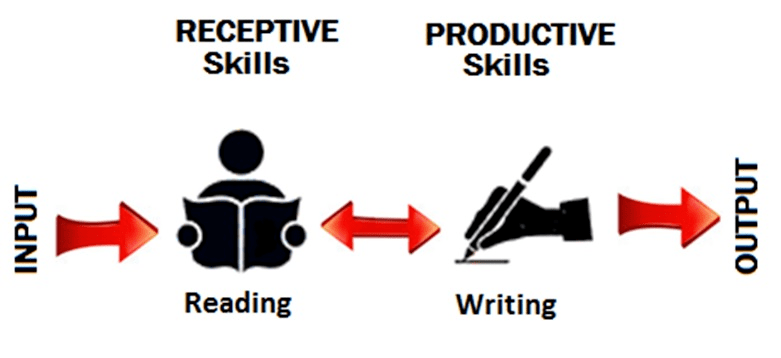"Choosing Between a Personal Loan and a Personal Line of Credit: Which is Right for You?"
#### Personal LoanA personal loan is a type of unsecured loan that allows borrowers to receive a lump sum of money that they repay over a set period with fi……
#### Personal Loan
A personal loan is a type of unsecured loan that allows borrowers to receive a lump sum of money that they repay over a set period with fixed monthly payments. These loans are typically used for major expenses such as home renovations, medical bills, or debt consolidation. The interest rates on personal loans can vary based on the borrower’s credit score, income, and overall financial situation. One of the main advantages of a personal loan is that it provides a clear repayment schedule, making it easier for borrowers to manage their finances.
#### Personal Line of Credit
On the other hand, a personal line of credit offers more flexibility. It functions like a credit card, allowing borrowers to draw from a predetermined credit limit as needed. Borrowers only pay interest on the amount they use, and they can borrow and repay funds repeatedly within the credit limit. This option is ideal for those who may have ongoing expenses or want to have funds available for emergencies. However, interest rates can be variable, which means payments can fluctuate over time.

### Detailed Description
When it comes to managing personal finances, understanding the differences between a personal loan and a personal line of credit is crucial. Both financial products serve distinct purposes and can be beneficial depending on individual circumstances.
A personal loan is typically suited for borrowers who have a specific financial need that requires a one-time payment. For example, if someone needs to finance a home improvement project or pay for a wedding, a personal loan can provide the necessary funds upfront. Borrowers can benefit from fixed interest rates, which means their monthly payments will remain constant throughout the life of the loan. This predictability can help individuals budget more effectively and avoid surprises.

In contrast, a personal line of credit is more advantageous for those who require ongoing access to funds. This can be particularly useful for managing cash flow, covering unexpected expenses, or financing smaller purchases over time. Since borrowers are only charged interest on the amount they withdraw, they have the flexibility to borrow as needed without taking on unnecessary debt. However, it’s important to note that a personal line of credit often comes with variable interest rates, which can increase the overall cost of borrowing if rates rise.
Another key difference lies in the application process and approval times. Obtaining a personal loan may involve a more extensive approval process, including credit checks and income verification. In contrast, many lenders offer quicker approvals for personal lines of credit, making them a more accessible option for those who need immediate funds.
Ultimately, the choice between a personal loan and a personal line of credit depends on individual financial situations and goals. Borrowers should assess their needs, consider their ability to manage payments, and evaluate the long-term implications of each option. Whether one opts for a fixed payment structure or the flexibility of a revolving credit line, understanding the nuances of these financial products is essential for making informed decisions.

In conclusion, both personal loans and personal lines of credit have their unique benefits and potential drawbacks. By carefully evaluating personal circumstances and financial goals, borrowers can select the option that best aligns with their needs, ensuring they make the most of their borrowing experience.